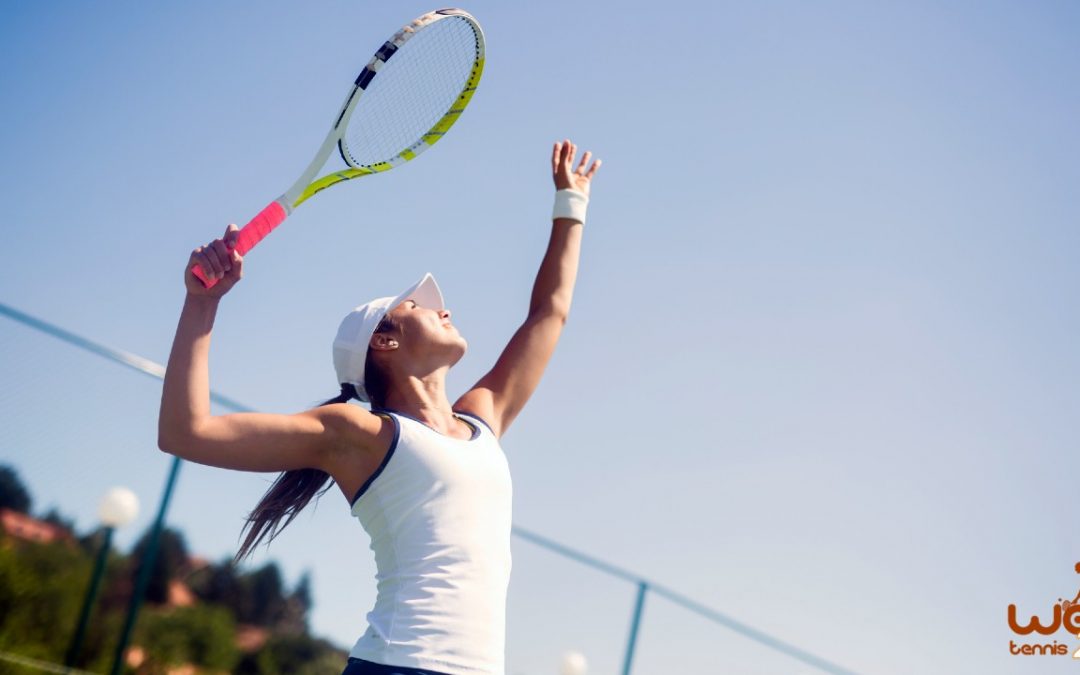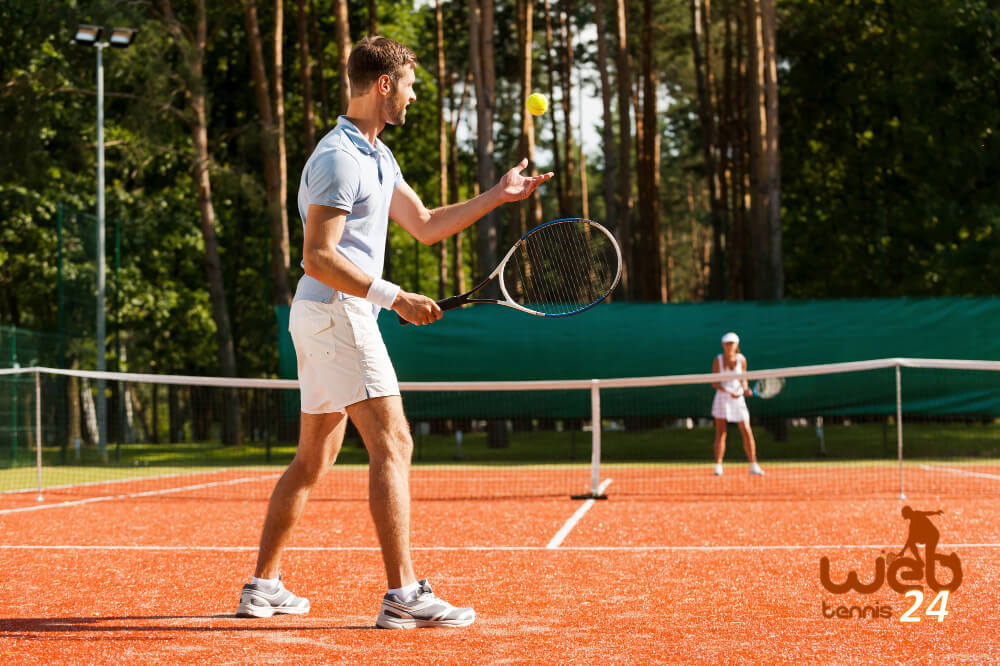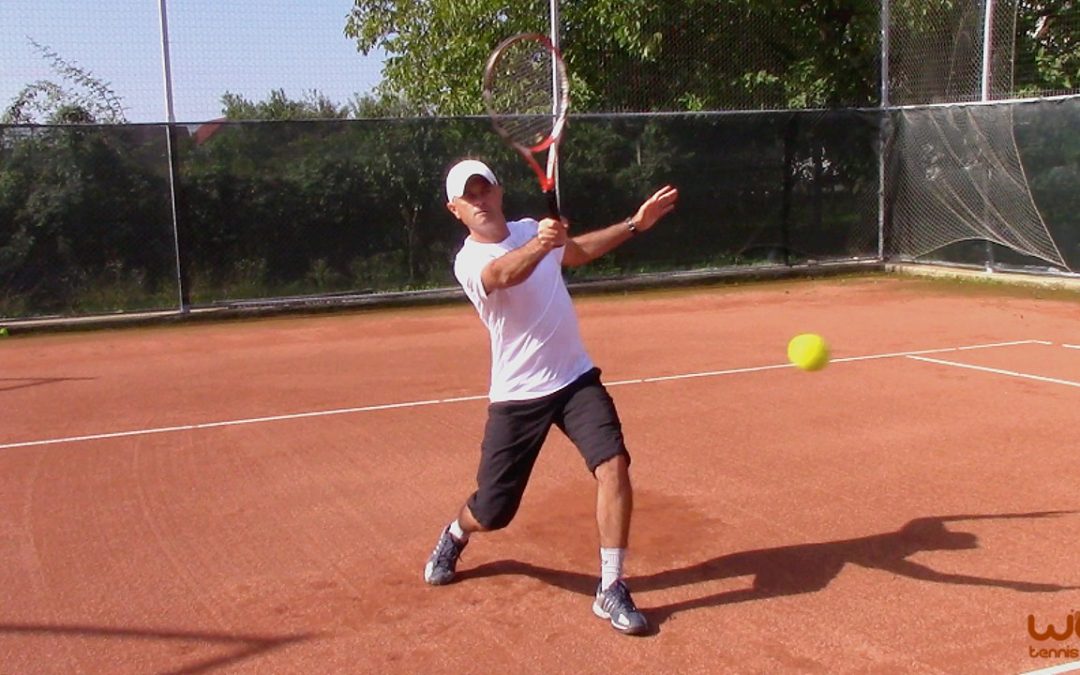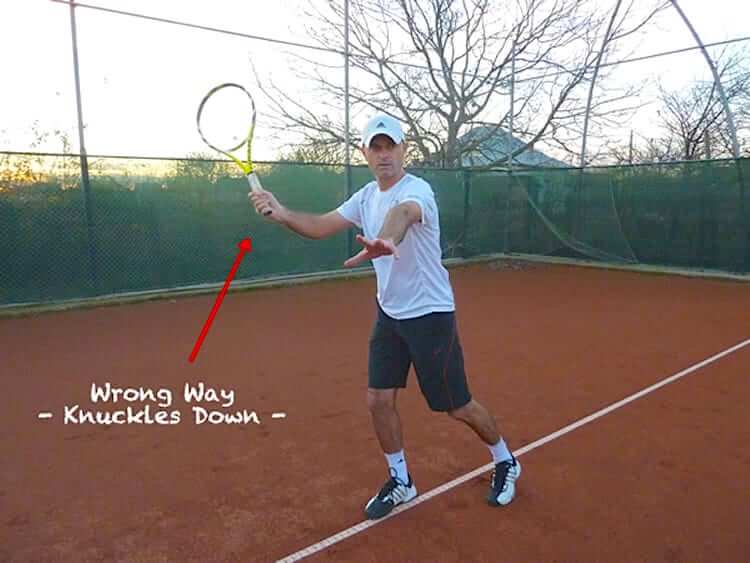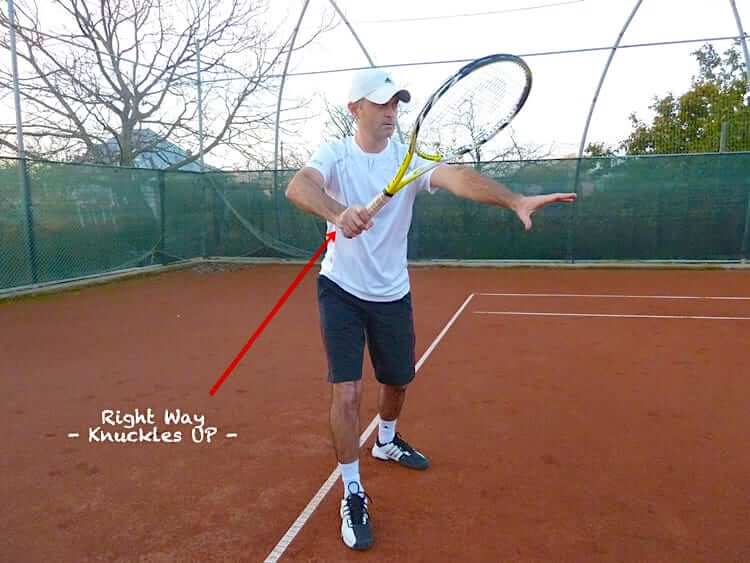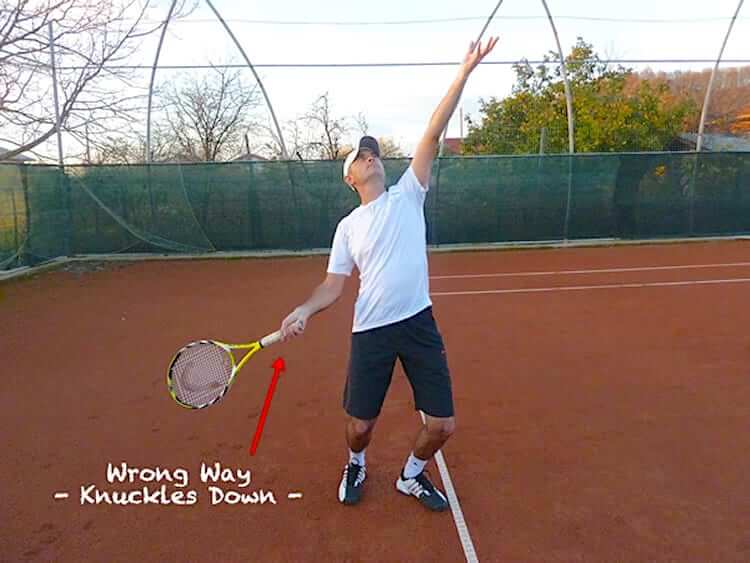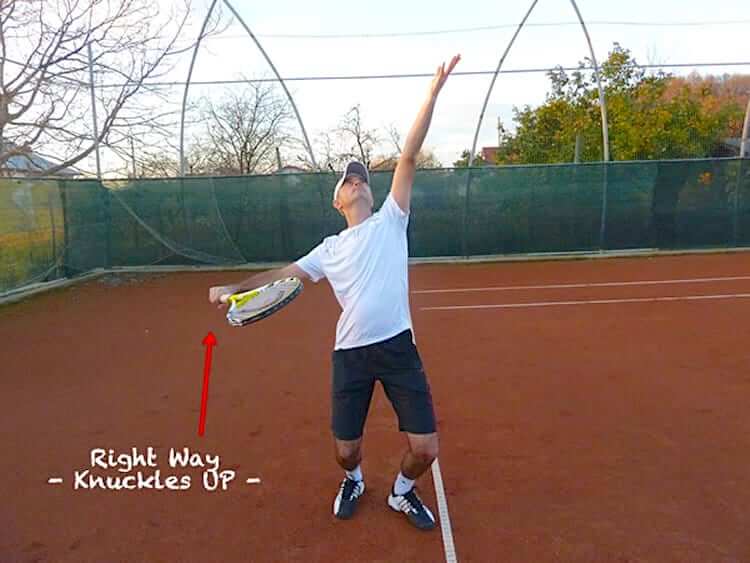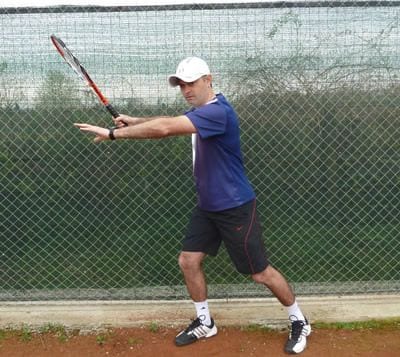
6 Ways to Use the SLICE Groundstroke to Your Advantage
In today’s game, dominating and finishing points with aggressive topspin groundstrokes is the norm for most tennis players. However, I would like to emphasize the many advantages of practicing slice (underspin) groundstrokes and using them more often in your matches.
Here are six reasons why you should add slice spin to your repertoire:
1. Slice groundstrokes keep the ball low to the ground, making it difficult for your opponent to attack you with an aggressive shot. This is especially effective when playing against players who have a big topspin forehand or backhand.
2. Slice approaches keep you away from receiving balls down at your feet. This is because your opponent will be forced to hit up on the ball, which will give you more time to react and hit a good ‘high’ volley.
3. Slice groundstrokes are great for doubles play. When playing against a team that loves to lob, a slice approach will make it almost impossible for them to send the ball high over your head.
4. Slice groundstrokes add variety to your shots. Mixing up your shots with slice and topspin will help to disrupt your opponent’s timing and make it more difficult for them to read your next shot.
5. Slice groundstrokes can give you time to recover when you are pushed wide by an aggressively angled groundstroke or serve. The slower pace of the slice will give you more time to get back into position and be in balance for the next shot.
6. Slice spin is essential for hitting drop shots. The backspin on a slice shot will cause the ball to drop quickly and sharply, making it difficult for your opponent to reach.
Quick Technique Tip:
When executing a slice groundstroke, remember to begin the downward motion with the racquet high above the point of contact. This will help you to generate more underspin and keep the ball low to the ground.
Practice slice groundstrokes as often as possible. There will be times in the match when you will need them.
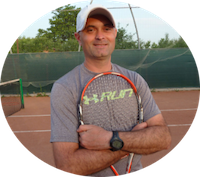
Cosmin Miholca
Certified Tennis Coach
Check out my work at WebTennis24 where I share with you my best video tennis lessons, drills and tips for players, coaches and tennis parents.

